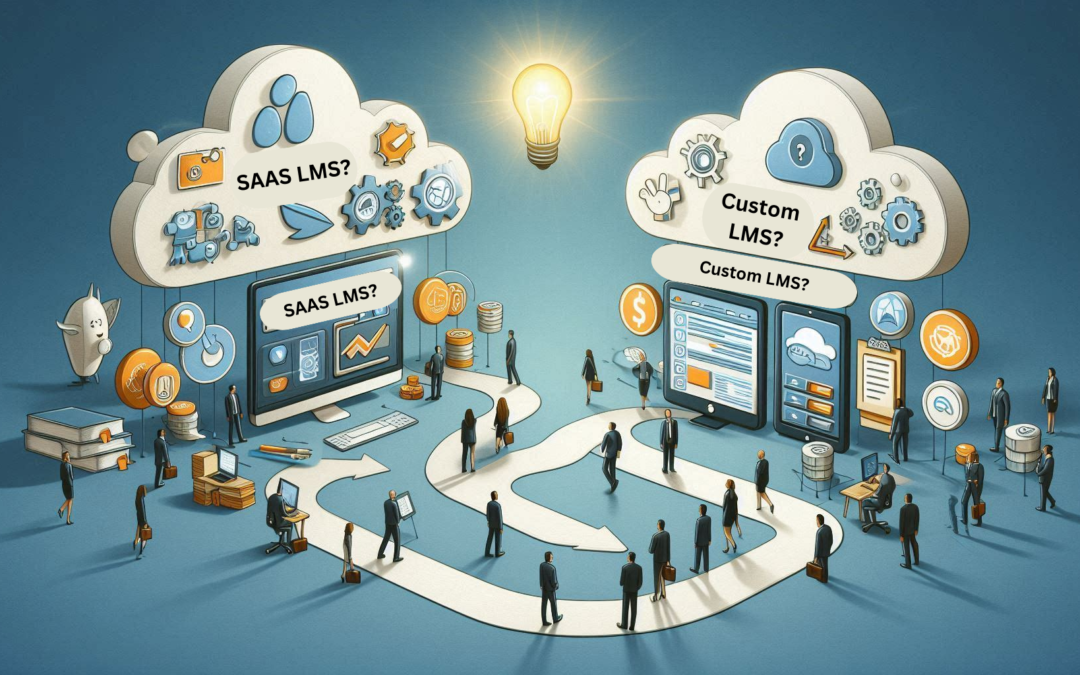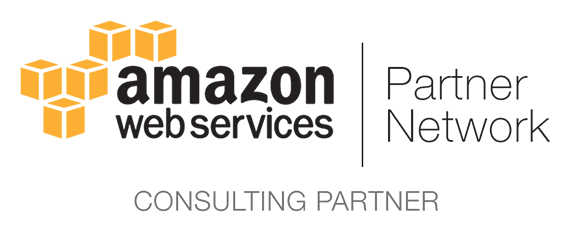If you’re plunging into the dynamic realm of learning management systems (LMS), you’ve likely encountered two heavyweight contenders: Custom LMS and SaaS LMS. Each offers a unique flavor that can drastically influence how you deliver and manage your training programs.
But which one is the best fit for your organization?
Let’s break it down in a way that’s easy to understand!
What is an LMS, Anyway?
Before we jump into the differences, let’s clarify what an LMS is.
A Learning Management System is software that helps organizations deliver, track, and manage their training programs. Whether you’re onboarding new employees, offering compliance training, or running professional development courses, an LMS can streamline the process.
SaaS LMS: The Plug-and-Play Option
What is it?
SaaS (Software as a Service) LMS is essentially a subscription-based model where the software is hosted in the cloud. You don’t have to worry about managing servers or installations—just log in and get started!
Pros:
Quick Setup:
You can be up and running in no time. Most SaaS platforms offer easy-to-use interfaces and templates, so you can start creating content right away.
Cost-Effective:
Since you’re subscribing rather than purchasing outright, it can be less of a financial burden upfront. Plus, many providers offer tiered pricing based on features and number of users.
Automatic Updates:
Your software is always up-to-date with the latest features and security measures, which means less hassle for your IT team.
Scalability:
Whether you have ten users or a thousand, a SaaS LMS can grow with your organization. Need more storage? Just upgrade your plan.
Cons:
Limited Customization:
While many platforms offer customizable templates, you’re still somewhat limited in what you can change. If you have very specific needs, this can be a drawback.
Ongoing Costs:
Over time, the subscription fees can add up, especially if you’re scaling up your user base or need more advanced features.
Custom LMS: The Tailor-Made Solution
What is it?
A Custom LMS is built specifically for your organization’s unique needs. This could mean anything from bespoke features to a unique user interface.
Pros:
Total Control:
You have the freedom to design the LMS exactly how you want it. If you have unique workflows, custom reporting needs, or specific branding, a Custom LMS can accommodate all of that.
Integration Capabilities:
If your organization uses various software tools, a Custom LMS can be built to integrate seamlessly with your existing systems.
Enhanced User Experience:
With a tailored approach, you can ensure the user experience aligns perfectly with your employees’ needs, potentially leading to higher engagement and satisfaction.
Cons:
Time-Consuming Development:
Building a Custom LMS takes time—often several months or even years. If you need something quickly, this isn’t the way to go.
Higher Initial Costs:
The upfront investment can be significant since you’re paying for development and design. It’s a long-term play, so be ready for that.
Maintenance Responsibility:
You’ll be responsible for ongoing maintenance and updates, which can require a dedicated IT team.
Which One is Right for You?
Now that we’ve laid out the pros and cons of both options, let’s talk about how to decide which is best for your organization.
When to Choose SaaS LMS:
You Need Quick Deployment:
If you’re in a hurry to get training up and running, SaaS is the way to go.
Budget Constraints:
If your budget doesn’t allow for a hefty initial investment, the subscription model of SaaS can be appealing.
Basic Needs:
If your training needs are straightforward and can be met with existing templates and features, a SaaS LMS is likely sufficient.
When to Choose Custom LMS:
Unique Requirements:
If your organization has specific training needs that off-the-shelf solutions can’t meet, go custom.
Long-Term Investment:
If you’re looking to invest in a long-term solution that aligns perfectly with your brand and processes, a Custom LMS may be the way to go.
Integration Needs:
If you require extensive integration with existing systems, a custom solution will provide that flexibility.
Wrapping It Up
Choosing between a Custom LMS and a SaaS LMS is all about understanding your organization’s unique needs, budget, and timeline. Whether you go for the convenience of SaaS or the tailored approach of a Custom LMS, the right choice will set you on the path to effective training and development.
So, what’s your take?
Are you leaning towards a quick, easy SaaS option, or does the allure of a fully customized system speak to you?
Let me know in the comments! Happy learning!






